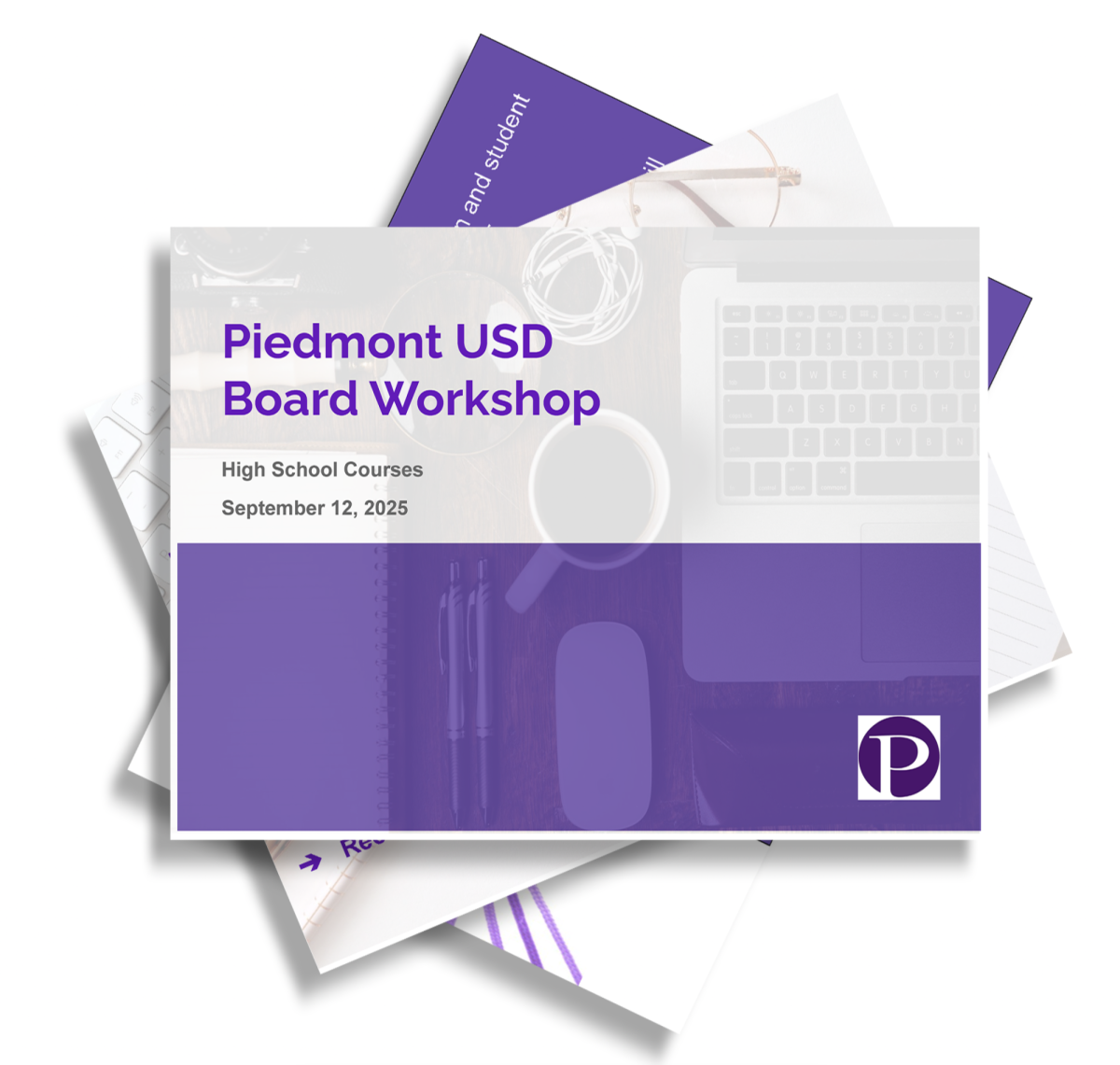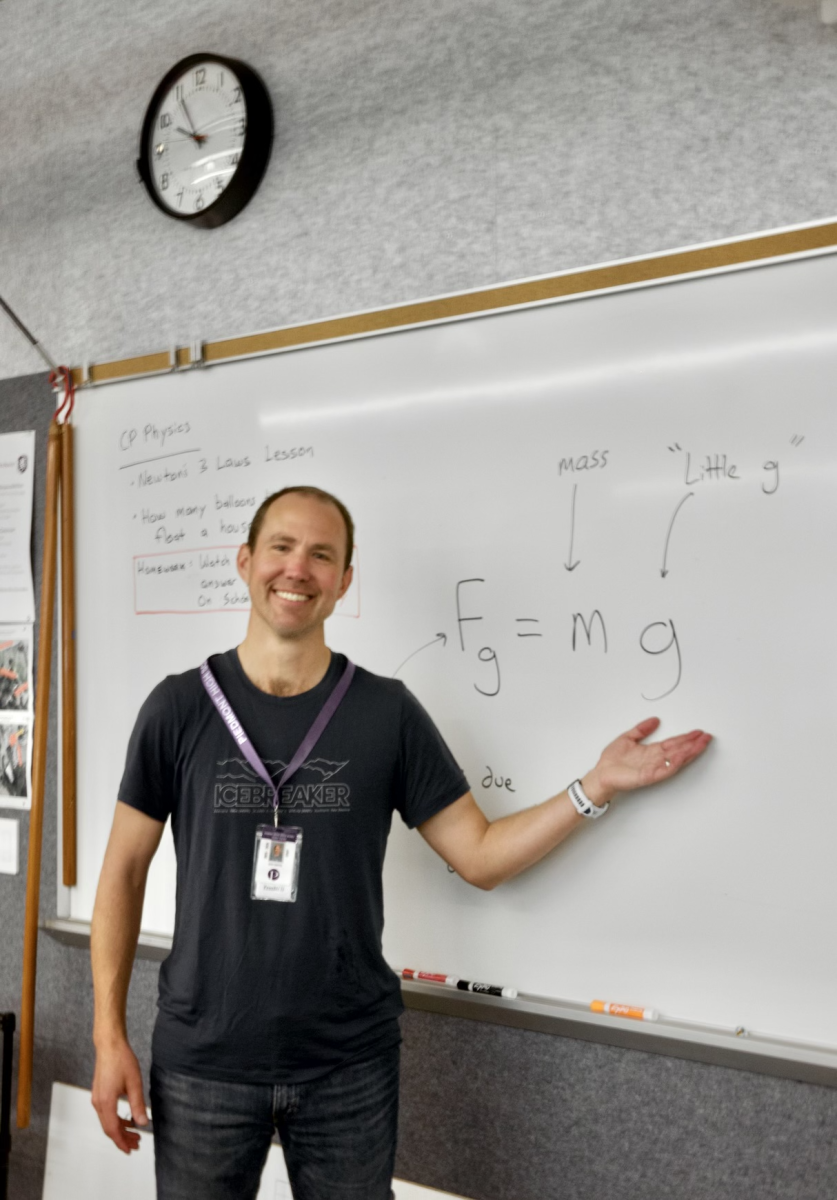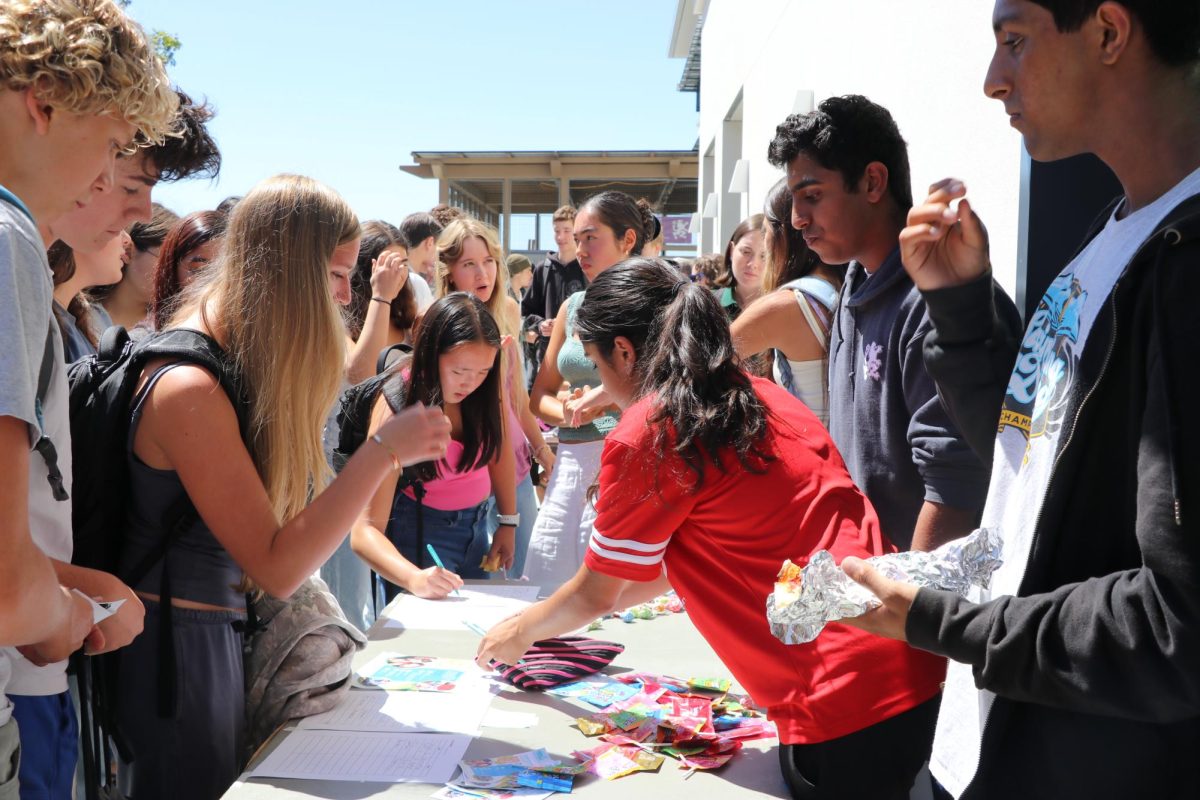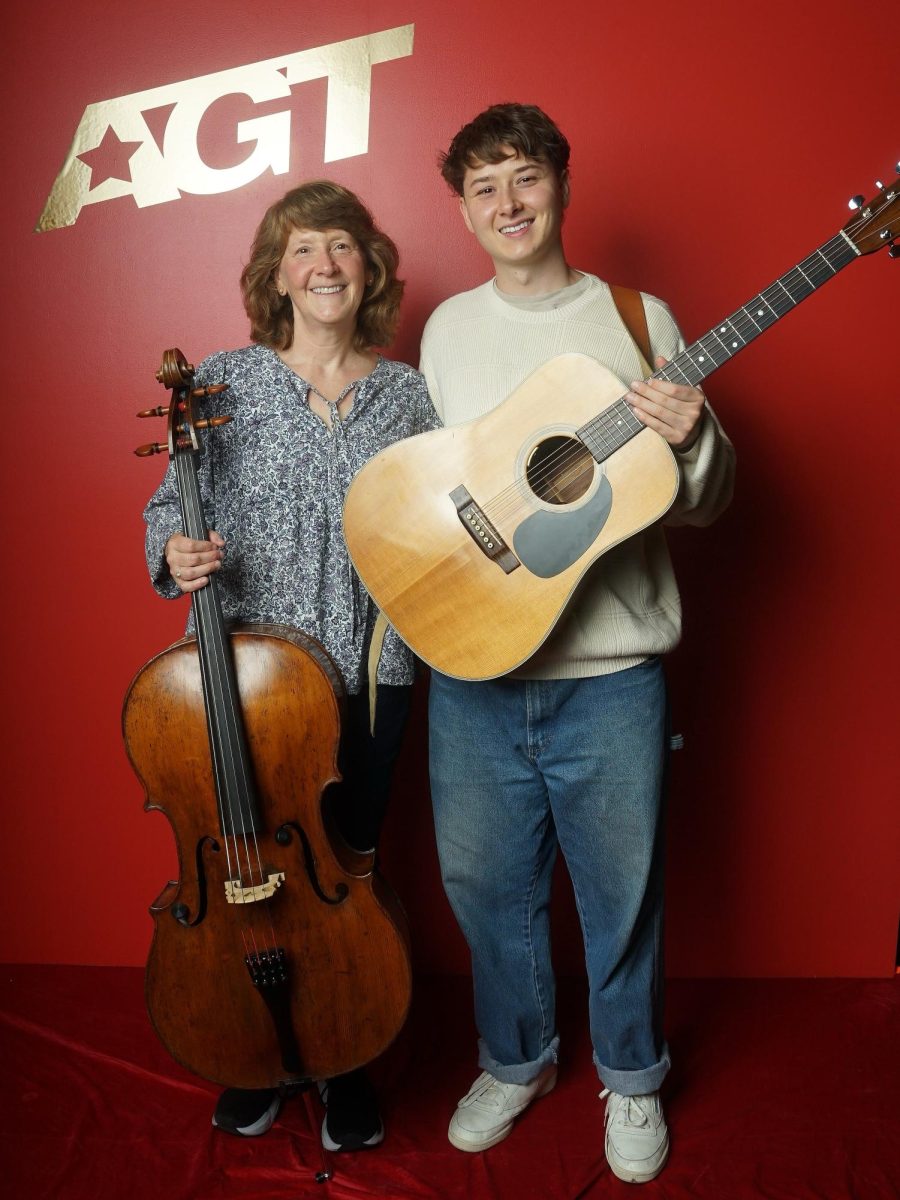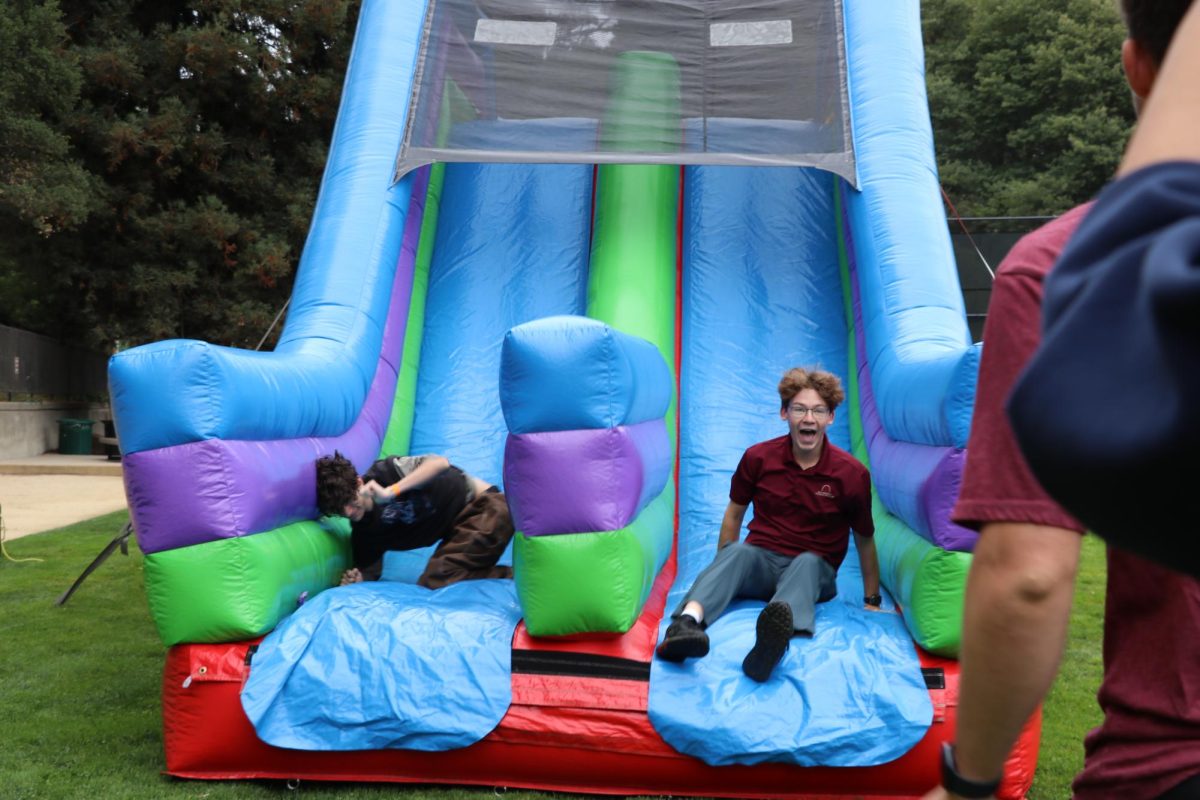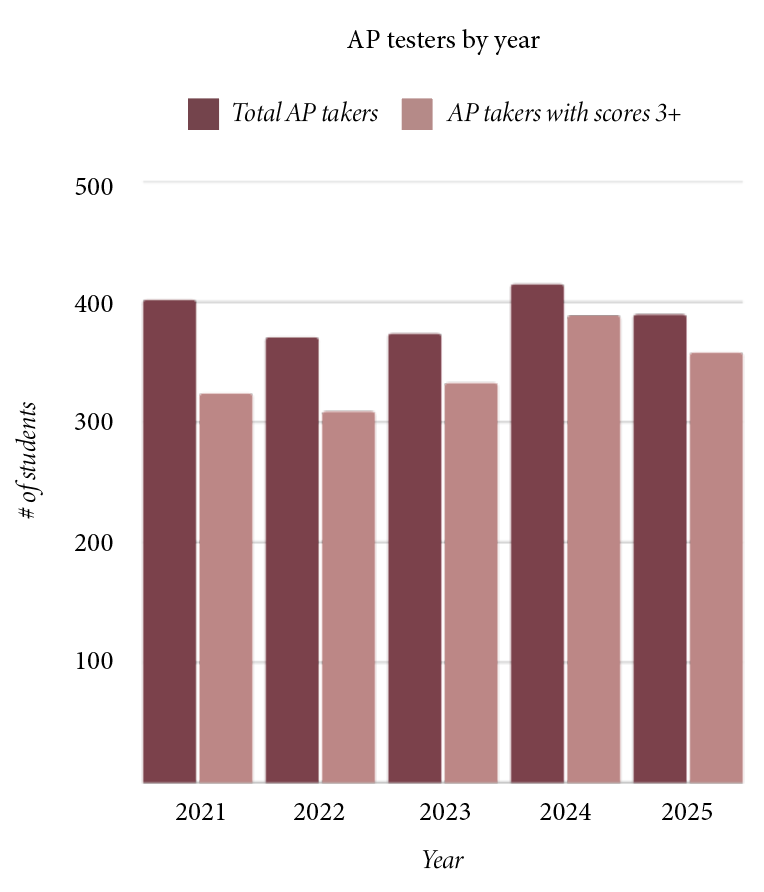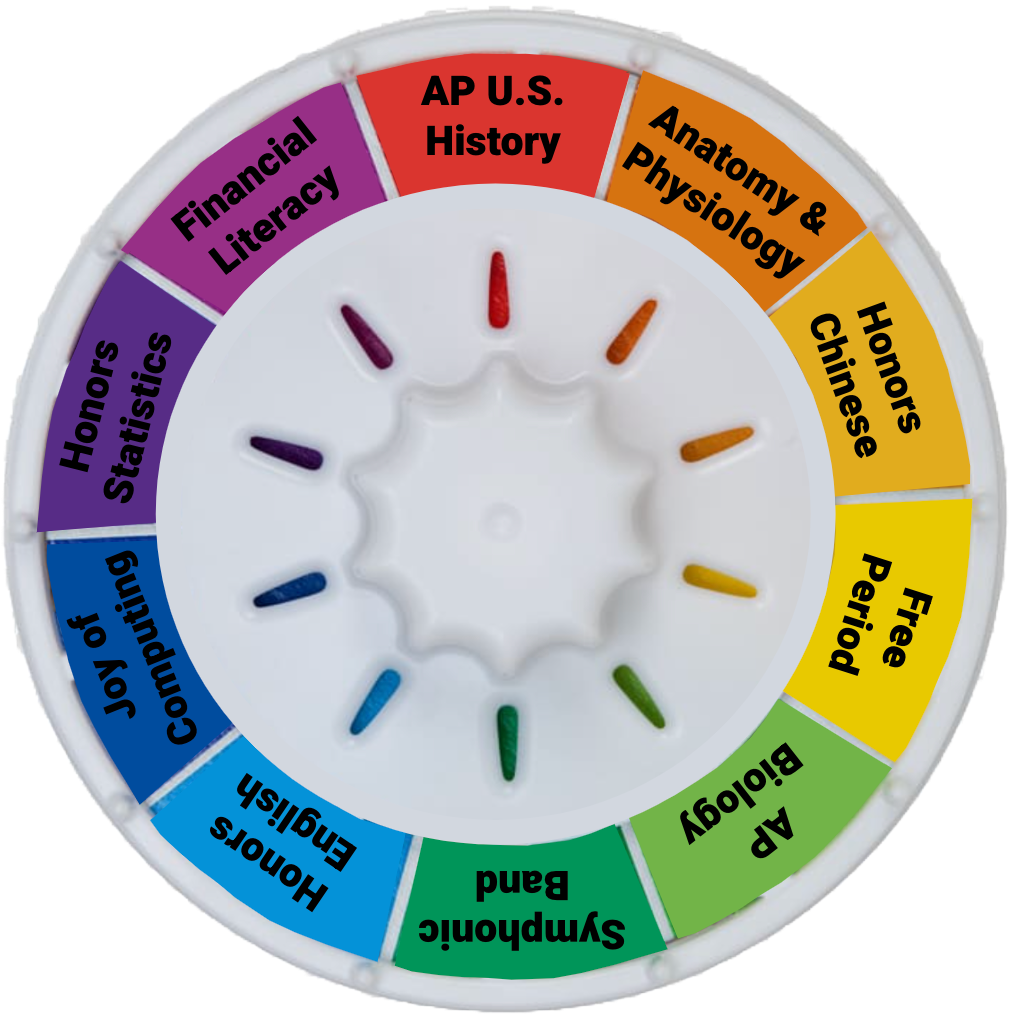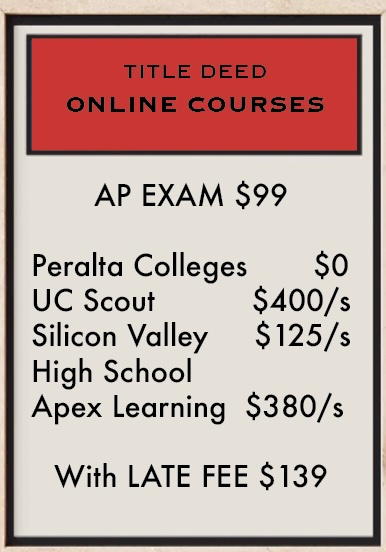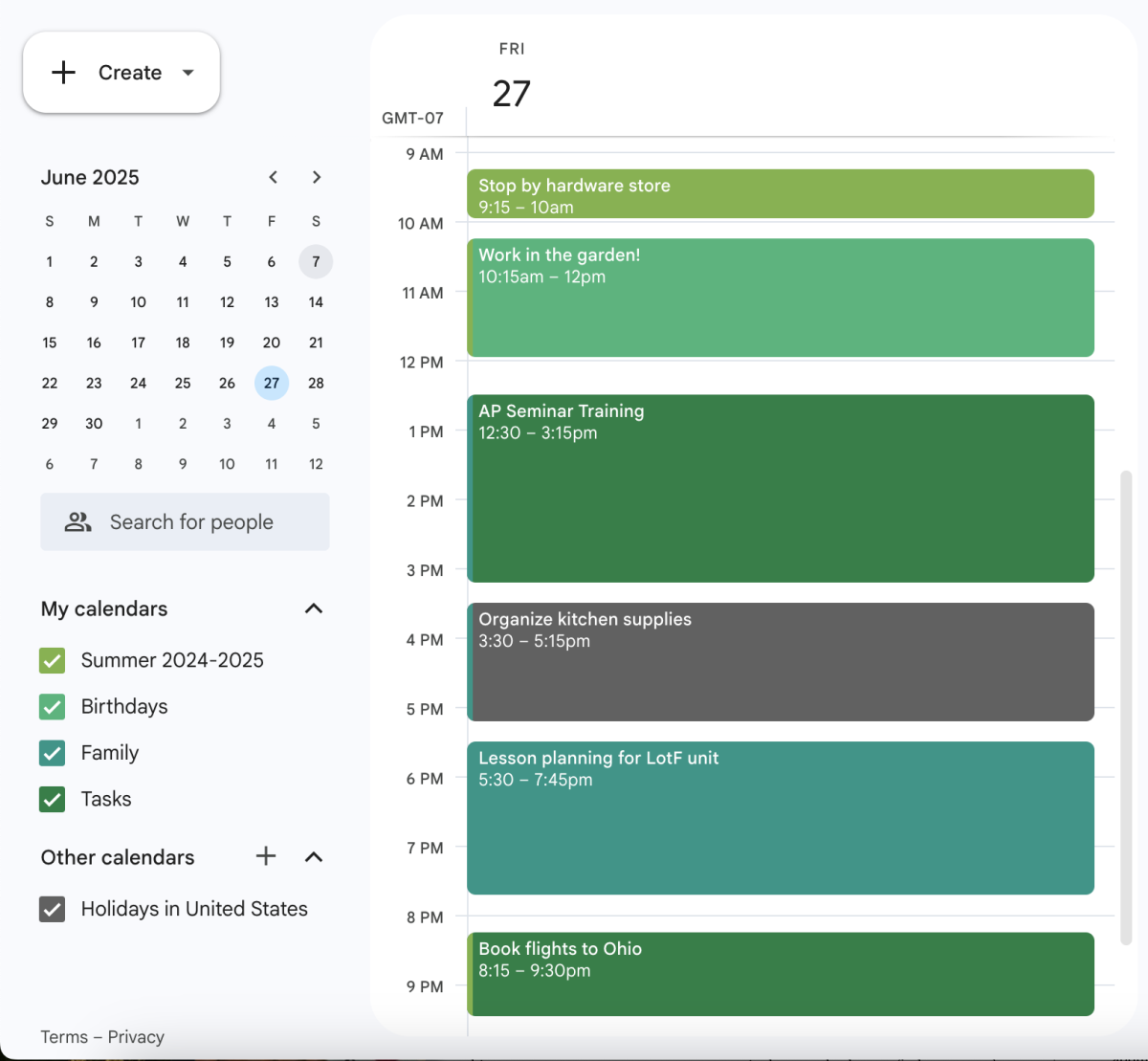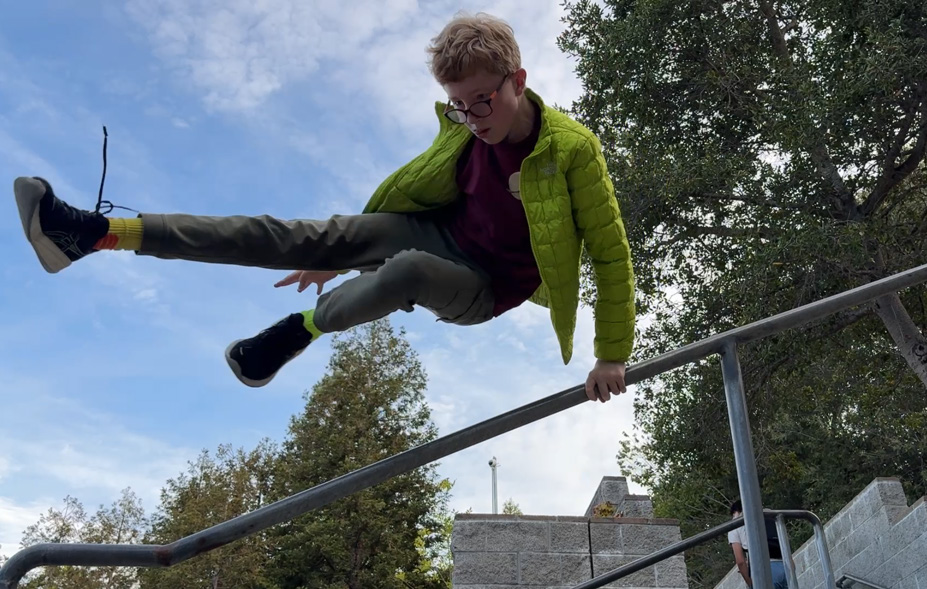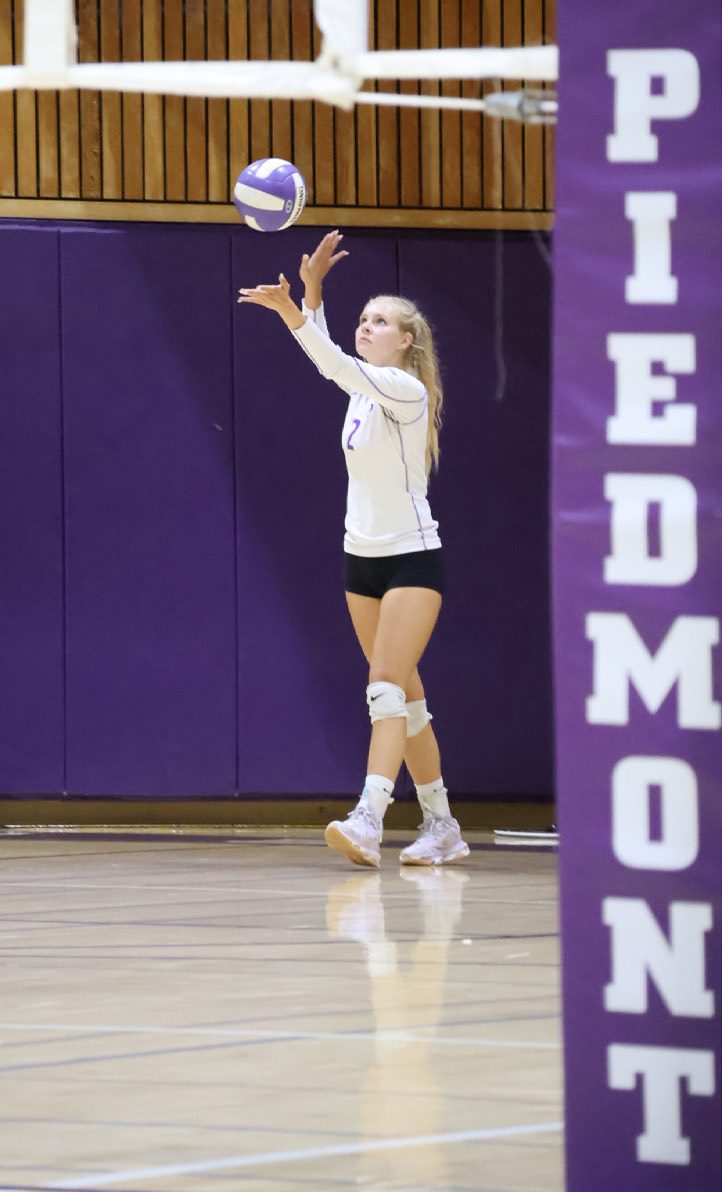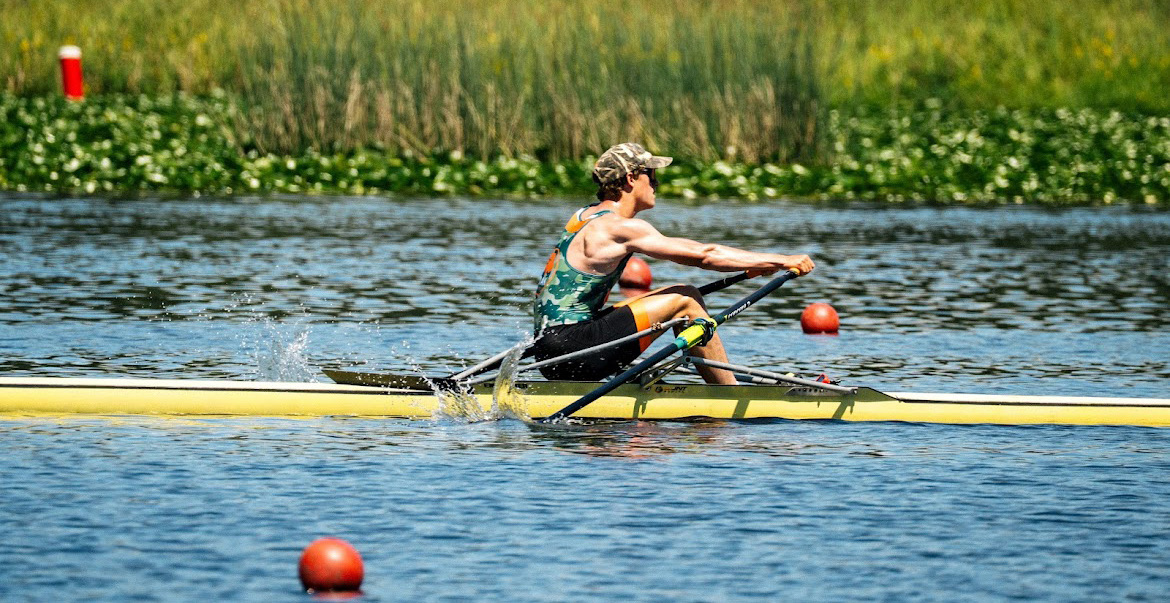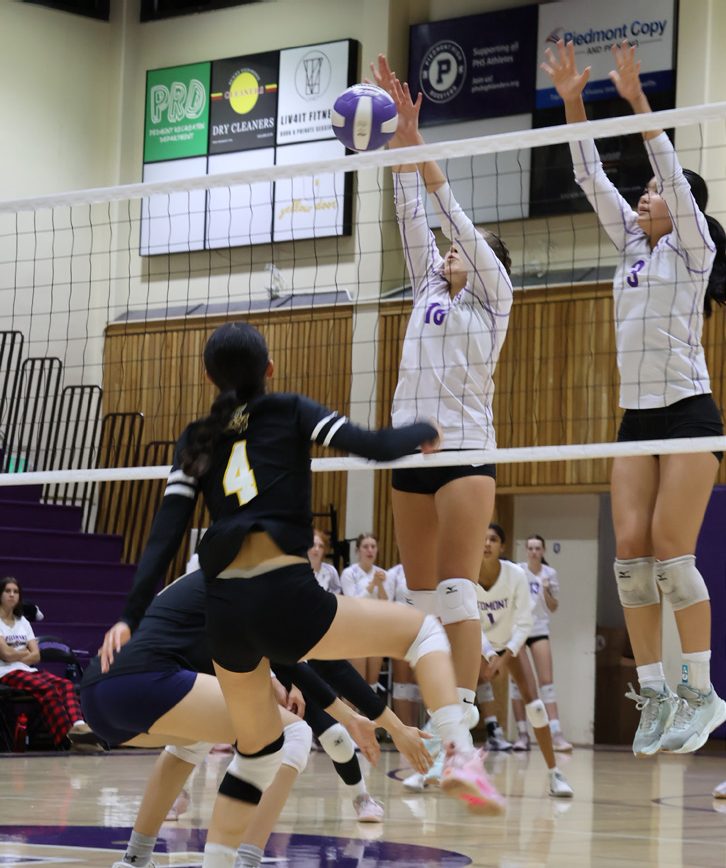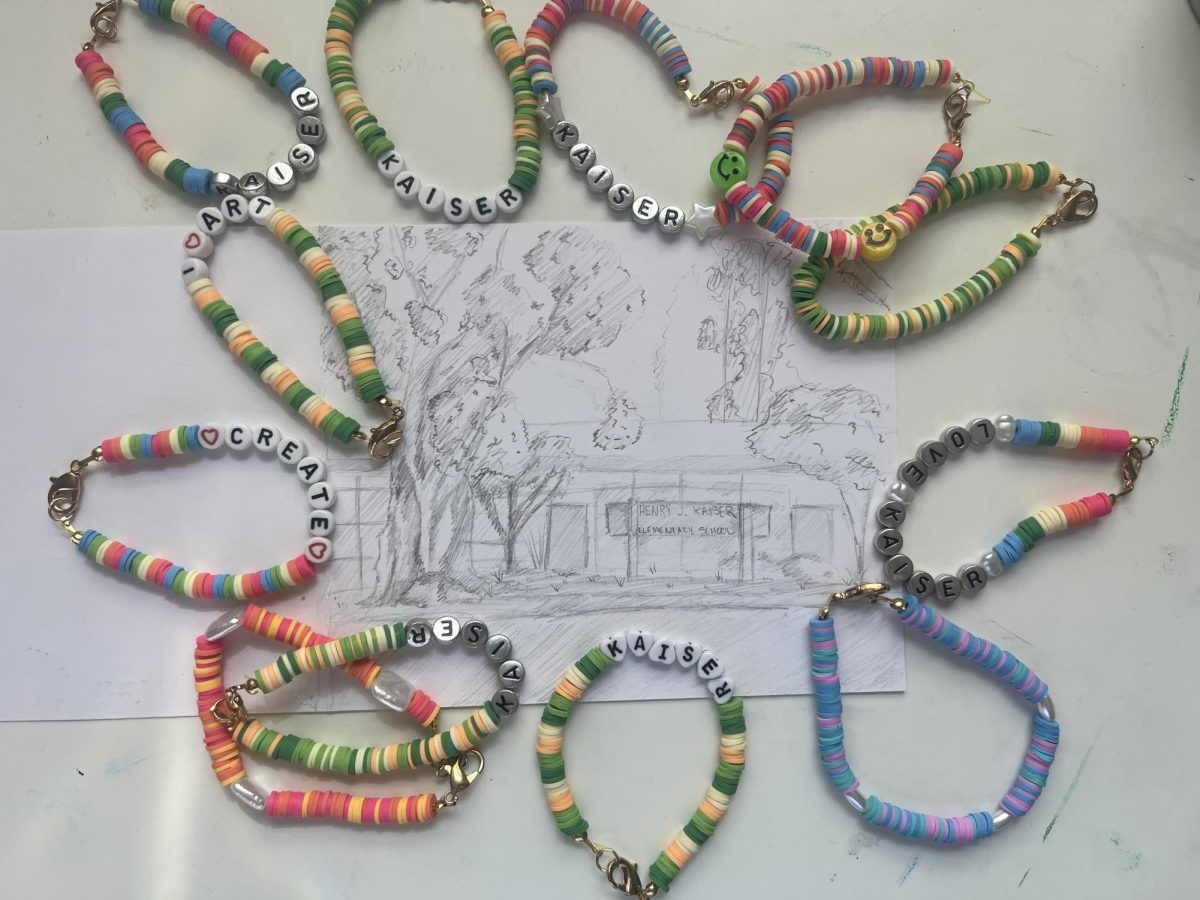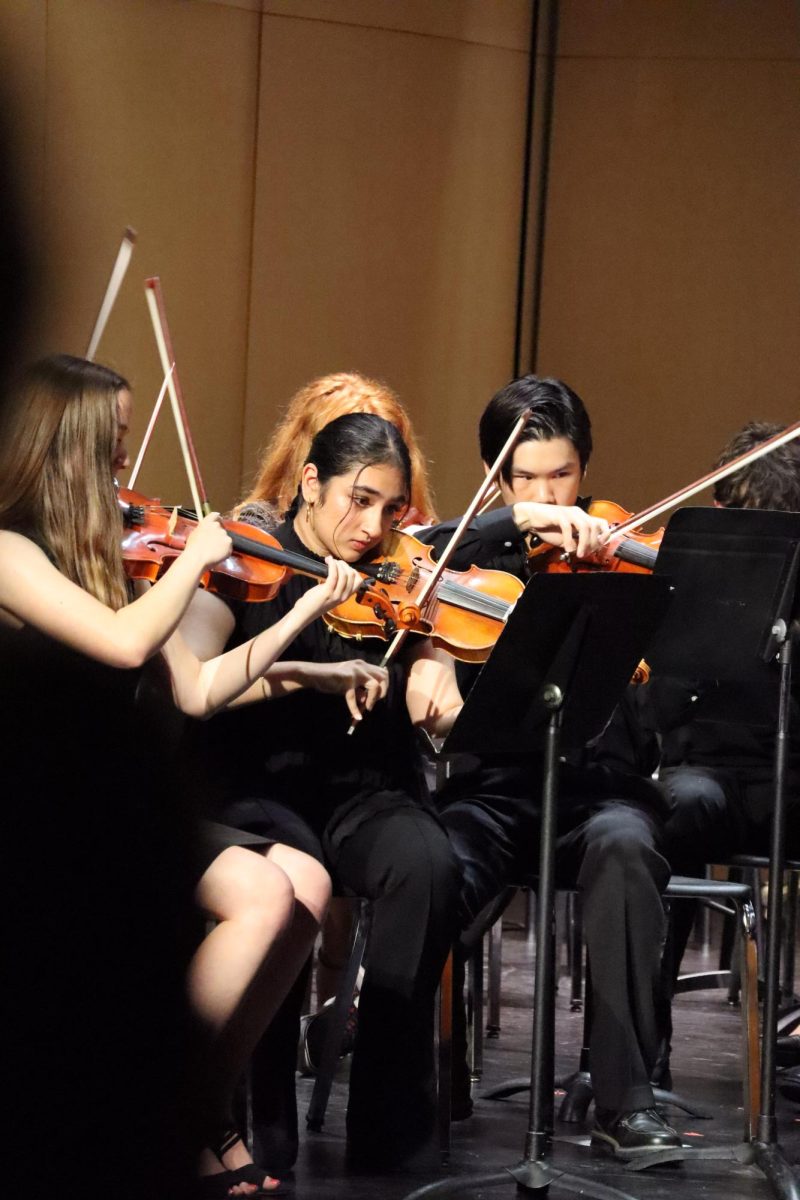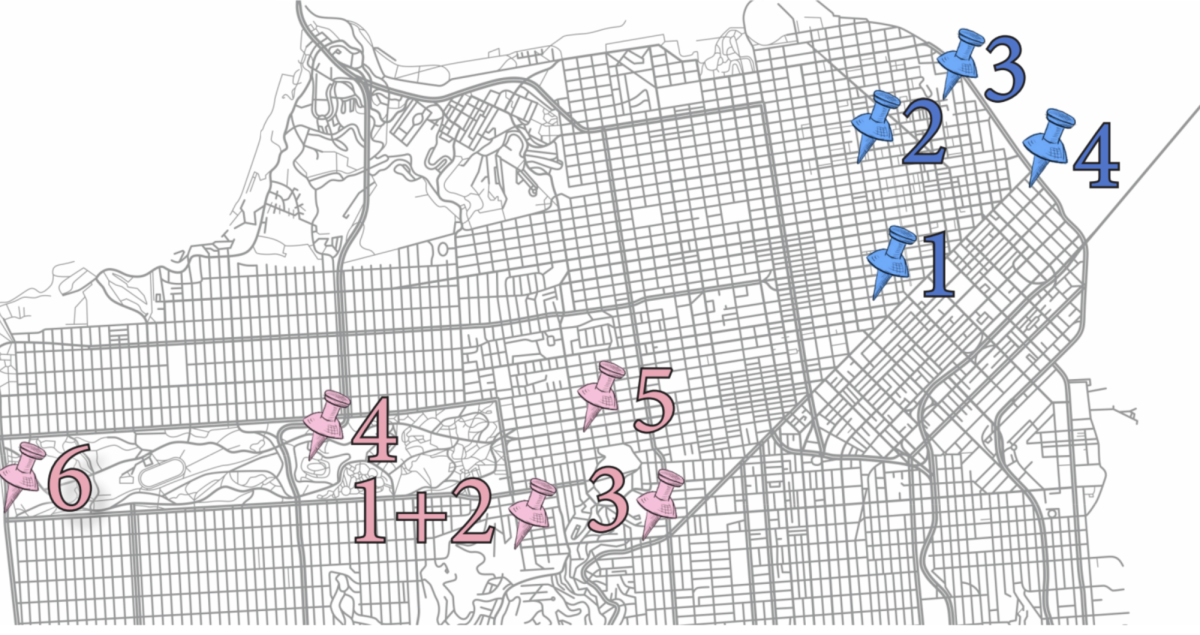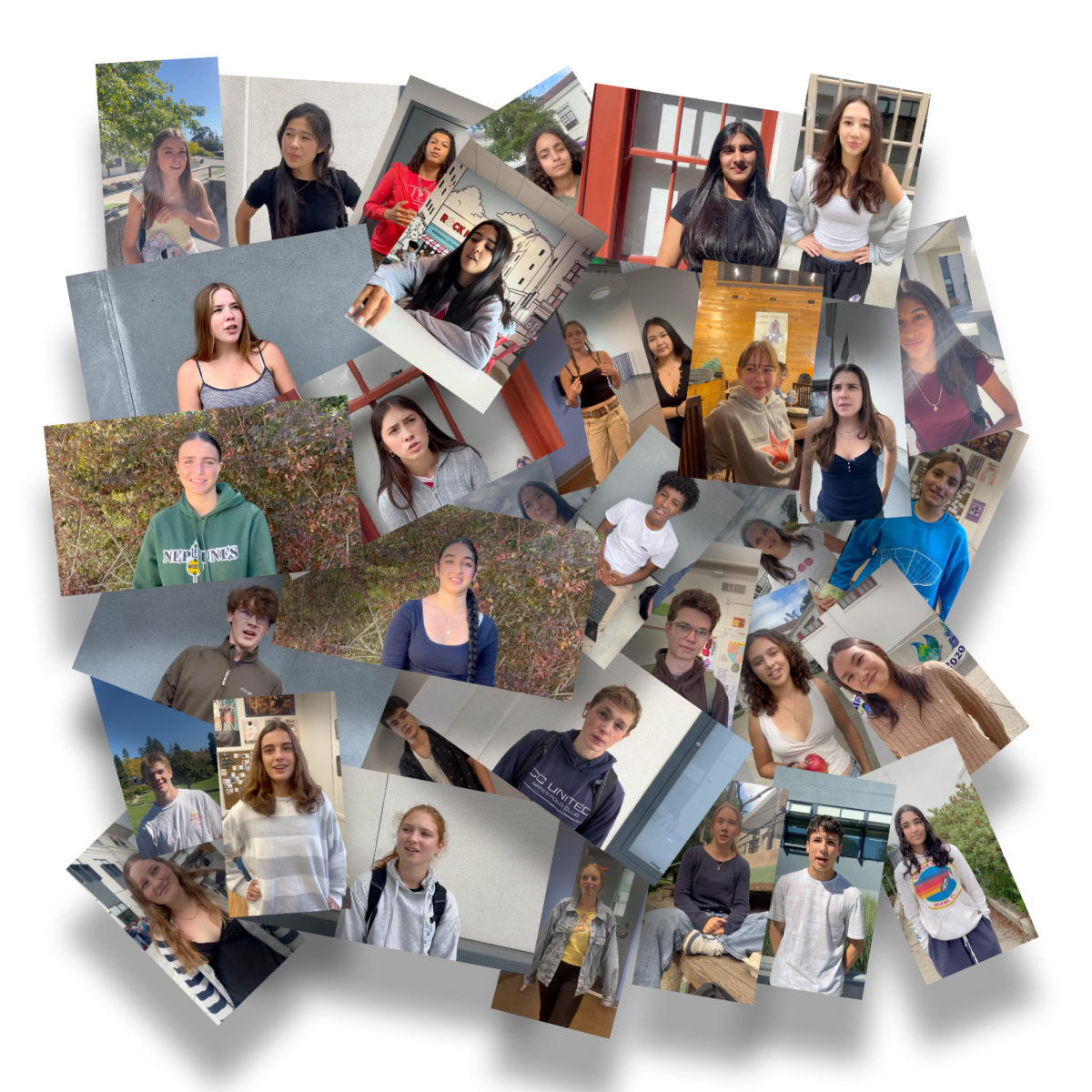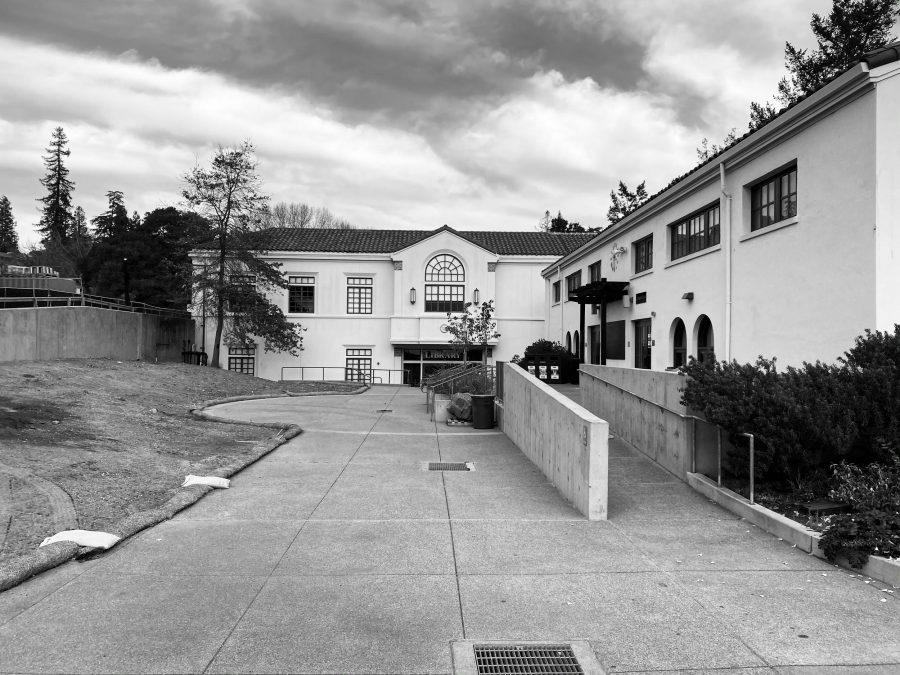Alameda County moved into the Purple Tier Wednesday, Nov. 18, marking a rise in COVID-19 cases and a delay in all district reopening plans that had not yet taken effect, outside of the small learning groups that came back on the PHS and MHS campuses on Wednesday, Dec. 2. However, the district is still preparing for the high schools to return on Wednesday, Jan. 20. said district superintendent Randall Booker.
 “The most recent wave of new infections in Alameda County and across the state appear to be growing even faster than what we experienced in the summer,” according to Alameda County’s Nov. 16 press release.
“The most recent wave of new infections in Alameda County and across the state appear to be growing even faster than what we experienced in the summer,” according to Alameda County’s Nov. 16 press release.
Because of this COVID-19 status, schools that have not already reopened will remain closed until Alameda County moves back down into the red tier, according to the press release.
The plan to transition to in-person hybrid learning for Piedmont Middle School and the three Piedmont elementary schools, which was set for the week of Tuesday, Dec. 1 through Tuesday, Dec. 8, is no longer viable given the new restrictions.
“[COVID-19 is] more than a moving target, it’s a target that will come back and smack you around a little bit, and then start moving around more,” Booker said. “We very much recognize that COVID-19 is in control.”
The administration has been preparing for a return since the end of the 2019-2020 school year. However, with constant fluctuations in COVID-19 cases and new information about important dates, no one can be certain when students will be able to return, or if the current plan to reopen on Jan. 20 will be feasible, Booker said.
“If we have [COVID-19] under control by then, and we have precautions and stuff like weekly testing, then I would feel comfortable [going back],” said sophomore Elena Blanco. “It would be easier to be more attentive in some classes, and not just go on zoom from your bed,” Blanco said.
On Nov. 17, Booker released a google form to students with the learning-format options for the potential Jan. 20 return. The two options were either a continuation of distance learning, except using Edgenuity software rather than synchronous instruction, or a hybrid model, where students would attend half-day of school, four days a week, according to the email. However, after receiving community response, he closed the form until the district could reconsider and clarify the options being provided.
For freshman Conor Kim, seeing the two options given changed his decision on whether or not he wanted to return to school. Initially, he wanted to stick with distance learning, but because he had heard of negative experiences with Edgenuity from his peers, he decided that he would rather switch to the hybrid option.
“I’d rather keep my teachers, and end up having to go to school, than lose my teachers, and be forced into a different curriculum halfway through the school year,” Kim said. “Edgenuity is the turning point as far as my opinion on going back or staying.”
Now that Edgenuity is off the table, the district still has not decided on the specific format that the full distance learning plan and the hybrid learning plan will take once the district reopens. Like Kim, PHS math teacher Doyle O’Regan was not in favor of Edgenuity. Rather, he is in favor of a reopening plan that maximizes safety and educational rigor, O’Regan said.
”As I’m approaching [reopening], the standpoint of a teacher is, I want to make as little educational sacrifice as possible,” O’Regan said. “Even if we go to a hybrid, it’s still going to feel a lot like what we’re doing right now, which is pretty much the best we can do as far as the educational delivery of content.”
While O’Regan said that he is open to either live streaming his class or providing asynchronous content for the at-home cohort of his class, it is important that teachers have some autonomy in structuring their classes, O’Regan said.
“That’s kind of what we want, like just give us a few basic ground rules and we’ll figure out the details,” O’Regan said.
To fund the process of reopening, the state of California has gifted PUSD one million dollars in funding to help combat COVID-19 in the schooling environment, said PUSD’s Chief Financial Officer Ruth Alahahdoyan.
On top of this, the Piedmont Education Foundation gave an additional $360,000 and the school system has a leftover of $300,000 from last year in their ending fund balance. Put together, the school system had a balance of roughly 1.7 million to help make updates to the new era of COVID-19 learning, Alahahdoyan said.
“So far we’re, we’re okay and just grateful that we have that money because that would not have been possible without it,” Alahahdoyan said.
The money provided to the school district has allowed the schools to stay prepared. Already, the school has spent $200,000 on air ventilators for the school buildings, Alahahdoyan said. The new MERV (minimum efficiency reporting value) 13 ventilators have the capability of filtering coronavirus out of the air. Furthermore, the ventilation systems will now draw in more fresh air, as opposed to recirculated air.
“[The ventilation system] has been a big expense for us. And that’s actually where our district has been further along than many other districts, ” Alahahdoyan said.
PUSD’s physical spending isn’t just in the form of ventilation, however. The district has spent roughly $700,000 on physical and health safety, Alahahdoyan said. Plexiglass, electrostatic sprayers, masks, gloves, medical equipment, and more have already been purchased. PUSD also hired a new part-time nurse to work in the district and have moved one nurse up to full time from part-time.
However, while the district is still figuring out precisely how to reopen the high schools in general, the PHS Learning Center has moved forward with its plans to reopen small group learning for students taking Counseling Enrichment Learning Center (CELC) classes. A group of CELC students returned to the campus on Wednesday, Dec. 2, said Special Education Department Chair Emily Hook.
“I think the main thing that we’re looking to change is that transition of commuting to school, getting up at a certain time, getting all of your materials, and moving from one room to the next. Really, it’s going to be home to campus,” Hook said. “So something we look forward to is having that mental transition that really motivates a student to do work because they’re in a different place.”
In addition to the CELC group, small learning groups at PHS and MHS also returned to campus on Wednesday, Dec. 2. The groups of eight students will be coming to school in person to attend their office hours meetings for the next six weeks, PHS Assistant Principal Irma Muñoz said.
“It’s a trial. If it’s a positive experience for the kids, then we can try it with more groups,” Muñoz said.
As for reopening on a larger scale, the district and the teacher in Piedmont were among the first school districts to agree upon the conditions for a safe and effective return to schools. The Association of Piedmont Teachers (APT) published a Memorandum of Understanding, its agreement with the district, this August.
“I believe all teachers want to be back in person with their students,” Kessler said. “The real question is how we can get back in person and do so safely. And I would add, it’s not just about safety, it’s about effectiveness.”
Going forward, teachers would like to see the administration working closely with teachers, taking the time needed to plan carefully, and maintaining an even keel with it’s decision making process. Teachers recognize that the current situation is challenging for everyone, and want to be part of the solution, Kessler said.
“I want you to know that teachers care deeply about their students, and that’s why we’re in this profession,” Kessler said.

